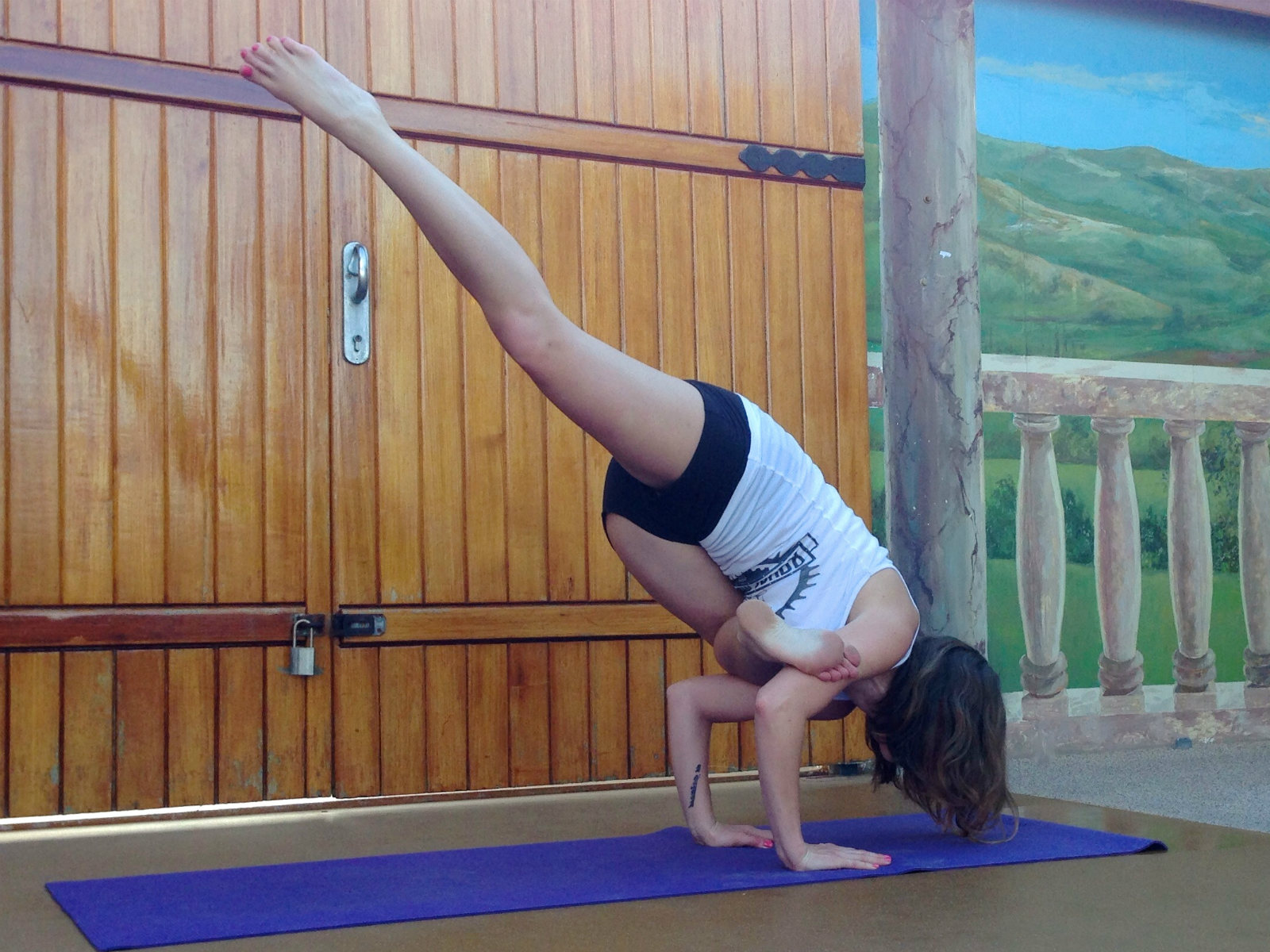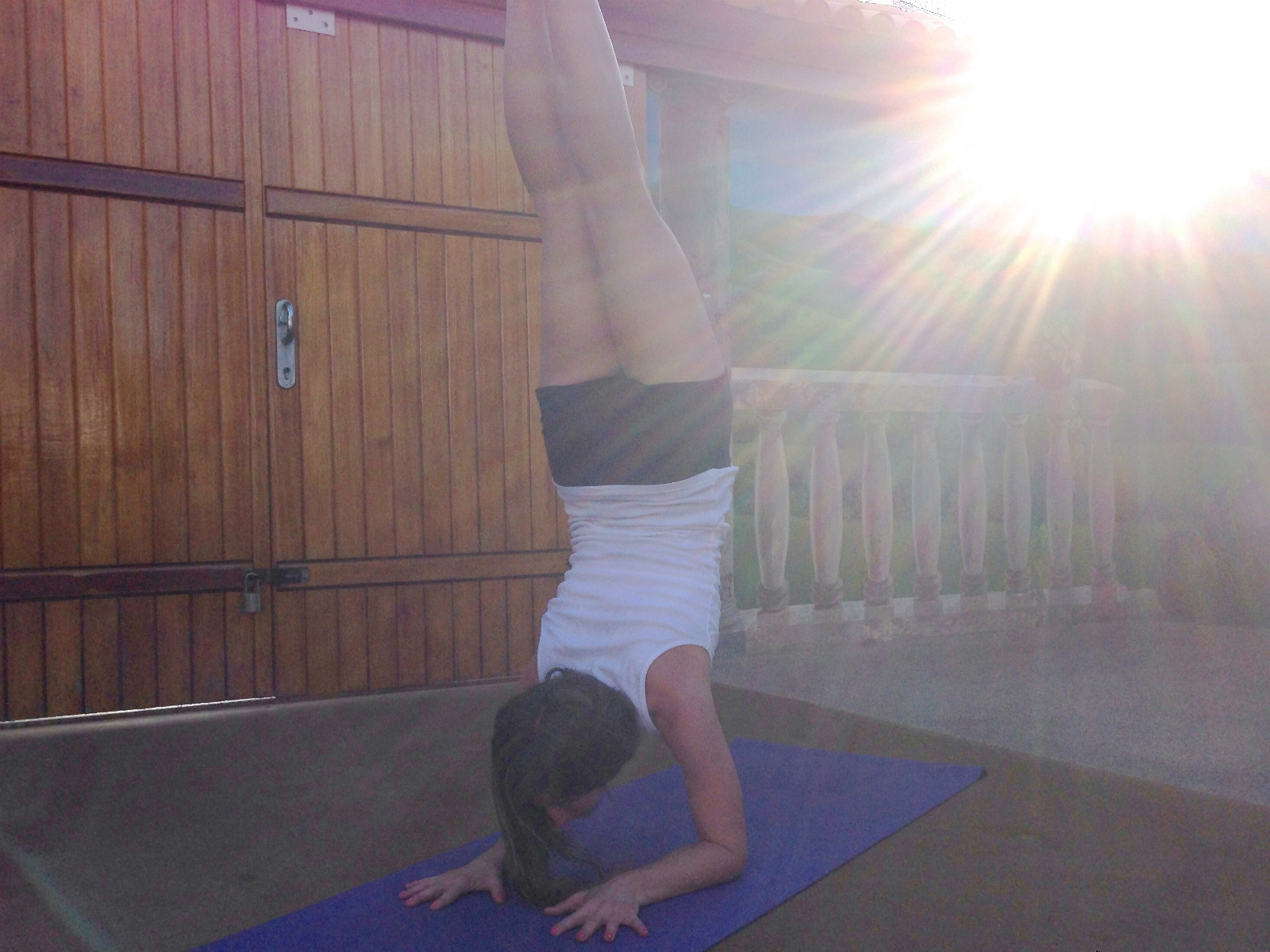Asana. Tadasana, Uttanasana, Virabhadrasana, Trikonasana, Parsvottanasana…and the list goes on. If you’ve taken a yoga class you hear the word “asana” quite a bit and for good reason. Asana literally means seat or posture; it is the place from which we build strength, balance, and flexibility in our physical practice. It is the third limb of the eight limb yoga system (Ashtanga). It is where we find there is much more to yoga than flipping upside down or bending into a pretzel.
Those who come to yoga for a physical experience end up realizing there is much more waiting for them. When the mind connects back to the breath and the seat is found the practitioner opens another door; curiosity is aroused; a spark lights up the once dark corners of the self and an exploration begins. Yoga master, BKS Iyengar, once said, “Even in simple asanas, one is experiencing the three levels of quest: the external quest, which brings firmness of the body; the internal quest, which brings steadiness of intelligence; and the innermost quest, which brings benevolence of spirit.”
Asanas teach us a great deal about ourselves. Do you give up in the middle of an asana, push through, or modify to get you through the posture. Do you force yourself into it, give it time and grow into it, or not even try at all for fear of the outcome? What you find during your asana practice can be applied to life. Each asana turns into a lesson on how to concentrate, persevere, and enhance the quality of your life and the lives around you. The impossible becomes possible.
So what’s in an asana? Everything you’re willing to put into it.






